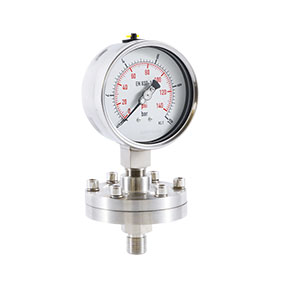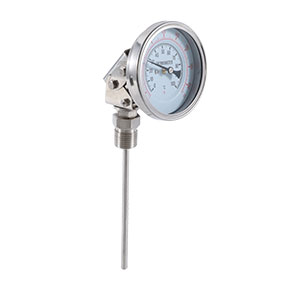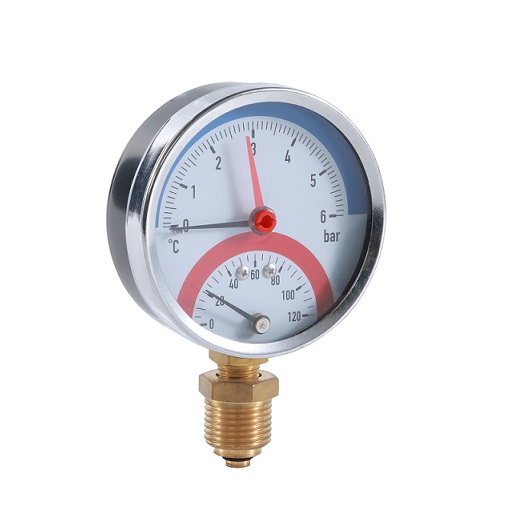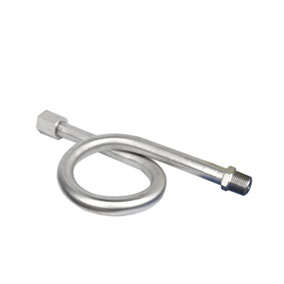Bimetallic Thermometers: Operating Principles and Applications
Bimetallic thermometers are tried-and-true instruments for measuring temperature in a wide range of industrial applications, combining low cost and low maintenance with easy installation, use, and calibration.
Sometimes a measurement technology is so simple yet effective that it becomes – and remains – the standard for decades. Such is the case with the bimetallic thermometer (also called bimetal thermometer), patented in the late 1800s.
Operating Principle of Bimetallic Thermometers
As the name suggests, the operation of bimetallic thermometers relies on the fact that various metals have different coefficients of thermal expansion.
Thermal expansion is a physical phenomenon where a metal changes its dimensions (length, area, or volume) in response to temperature changes; this occurs because an increase in temperature provides thermal energy to the metal’s particles, causing them to vibrate with greater intensity. As a result, the average distance between particles increases, leading to a physical expansion of the material; similarly, a decrease in temperature leads to the contraction of the material. This process is thus reversible, meaning that the metal can return to its original dimensions if the temperature returns to its initial value.
The change in dimensions due to temperature depends on various factors, including the type of metal and its coefficient of thermal expansion, a numerical measure that indicates how much a particular metal expands for each degree of temperature increase; for example, given the same temperature difference and initial length, aluminum expands twice as much as iron.
This phenomenon is exploited in the bimetallic strip, consisting of two strips of different metals, welded together: one end of the strip is fixed, and the other end is free. At room temperature, the two metals are of equal length, but when the strip is heated, the aluminum elongates more than iron, causing the strip to bend.
In general, a material lengthens when heated and contracts when cooled: the behavior is approximately symmetrical.
The bimetallic strip is highly sensitive to temperature variations; thus, it’s possible to construct a thermometer by utilizing the difference in expansion of the two metals.
In bimetallic thermometers, the two metal strips, usually steel and copper or steel and brass, depending on the measurement range, are welded or bonded together to form a spiral or a helical coil, which is placed inside the thermometer’s bulb. One end is fixed to the tip of the bulb while the other end is connected to a pointer, allowing the needle to move. When the temperature rises, the spiral deforms, and the pointer moves along the graduated scale; when the temperature decreases, the spiral returns to its original state, bringing the pointer back to its initial position.
Uses of Bimetallic Thermometers
Bimetallic thermometers are found in a wide variety of process industries, providing reliable, inexpensive onsite temperature readings for applications in:
Oil and gas
Chemical and petrochemical
Food and beverage, such as ovens, boilers, and process lines
Pharmaceutical and biotechnology
Water and wastewater treatment
Basic materials, like pulp and paper
These instruments’ versatility and simple operation also make them ideal for:
Heating, ventilation, and air handling, including hot water tanks and solar thermal systems
Industrial refrigeration
Machine building
Testing and laboratories
For use in applications with high pressure or aggressive media, place the bimetallic thermometer stem in a thermowell. A thermowell also makes it easy to exchange/replace the thermometer without emptying the heating circuit. In situations with significant vibration, a liquid case fill and damping bushings greatly minimize pointer oscillation.
Ma anshan Exact Instrument Co., Ltd. is an international bimetallic thermometer manufacturer. Our company is mainly engaged in the design, production and sales of instruments, instrument pipes and valves and other related products.




